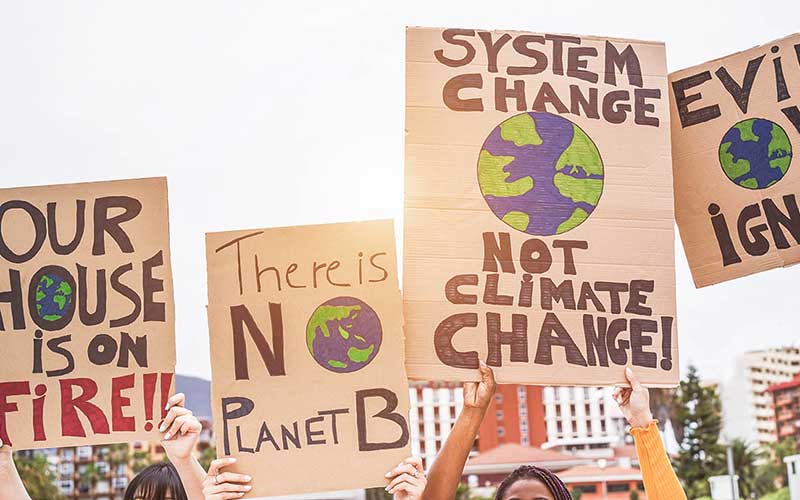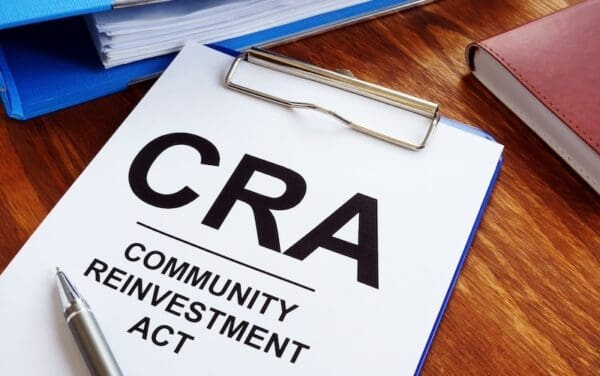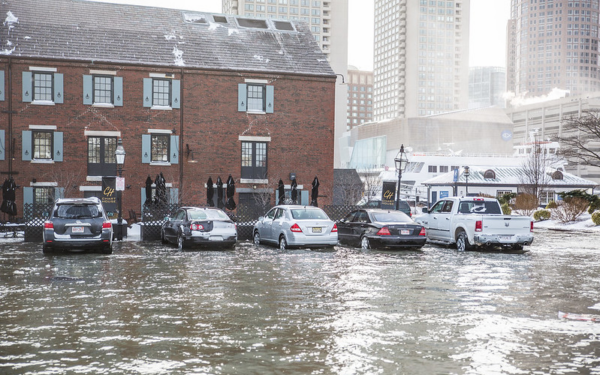
The climate crisis is heating up. But change is coming in 2021.
New England is no stranger to climate action. Massachusetts passed one of the first climate laws in the nation and Rhode Island is home to the first offshore wind turbines in the U.S. Four of our six states have mandatory, enforceable climate legislation on the books.
So, as I look to 2021, I see New England continuing to lead on climate. I see more clean energy projects taking shape, bringing good jobs to the region. I see states grappling with the environmental injustices that plague our Black, Indigenous, and low-income communities. I see economic recovery propelled by work to build healthier, more resilient, climate-ready neighborhoods. Frankly, I see a bit of a revolution – a push towards the systemic change we need to avoid the worst impacts of the looming climate crisis. A new administration in Washington will certainly be taking action, but that doesn’t mean that we can back off here at home.
While it will take years to fully ditch fossil fuels and redress decades of environmental injustice, here are 11 climate actions I anticipate in 2021 that will bring us closer to a thriving New England for all.
1. Maine will turn its climate plan into climate action.
Maine’s climate council just unveiled its Climate Action Plan. A year in the making, the plan outlines the state’s path to lower its emissions while building resilient communities and growing its economy. In 2021, CLF and our allies will work to ensure that state leaders take this blueprint and craft the regulations and legislation required to implement the Climate Action Plan.
2. Vermont will create a plan to cut emissions.
This year, Vermont passed its Global Warming Solutions Act and created a climate council to address the looming crisis. Next year, the council will draft the state’s plan for slashing emissions and protecting its natural resources. By next December, the climate council will present that plan to the legislature, putting the state on the path to doing its part to cut carbon pollution.
3. Massachusetts will follow a new roadmap to combat climate change.
The Commonwealth is on the cusp of passing a bill that will update its Global Warming Solutions Act. The much needed update to the law would put the state on a more defined timeline to compliance, require its climate plans to follow the latest science and give historically disadvantaged communities decision-making power about what happens in their own neighborhoods. Massachusetts releases its draft Clean Energy and Climate Plan this month, which will lay out the Commonwealth’s proposed path to meeting required 2030 emissions targets, and both collect and implement feedback on it in the coming year.
4. Connecticut will refocus on truly clean energy sources.
Connecticut’s Governor’s Council on Climate (GC3) recently completed a series of working group recommendations for the state’s near-term climate action. This included a report filled with strategies the state can take to mitigate climate change and build a low carbon future. Appropriately, the recommendations included heavy emphasis on using clean electricity to power vehicles, transit and heating, a shift in state policy emphasis away from gas, and support for phasing out dirty biomass and “trash-to-energy” power sources. All of these recommendations should be included in the GC3’s final Report, ensuring that Connecticut will soon be moving to cleaner energy sources.
5. New Hampshire communities continue to lead where state-level action is needed.
In 2021, cities and towns across New Hampshire will continue their work to cut emissions in the face of state-level inaction. Over the past year, we’ve met with clean energy advocates and city officials to discuss and share strategies on local, innovative climate action. Because state-level leadership is needed, we also participated in the ad hoc New Hampshire Emissions Commission. There, we advocated for the state’s adoption of a net-zero greenhouse gas emissions goal for the year 2050. Next year, advocates around the state will continue to push this work forward.
6. Rhode Island will start replacing fossil fuels with clean energy.
For Rhode Island, 2020 was a year of planning. So 2021 must be a year of action. This past year, the state studied how to transform the heating sector, meet Rhode Island’s goal of 100% renewable electricity by 2030, and revamp transportation. Now it’s time for Rhode Islanders to act. They can do so by forging ahead with clean energy projects and passing the Act on Climate bill that would make lowering the state’s climate-damaging emissions mandatory and enforceable.
7. States will rethink environmental justice.
For too long, low-income, Black, Brown, Indigenous, and immigrant communities have borne disproportionately heavy environmental burdens. These communities are far more likely to be harmed by neighboring polluting power plants or congested freeways. They are also less likely to have access to green space and the means to fight back against unhealthy development. Along with their climate and clean energy plans, states need to revamp how they review and approve new energy infrastructure. They must also reckon with the harm current policy has caused. This will help avoid and reduce burdens on environmental justice communities.
8. Offshore wind will bring good jobs to New England.
Offshore wind projects in New England have been stalled for years by a fossil fuel–controlled federal government. But in 2021, we expect final approval of the Vineyard Wind project and turbines off the coast of Massachusetts by 2023 and a first-of-its-kind in the U.S. floating turbine pilot moving forward in Maine. Rhode Island is also set to solicit offshore wind proposals. Once built, these projects will power hundreds of thousands of homes and businesses throughout the region with clean, renewable energy.
9. Clean energy will help spur economic recovery.
As New England – and the nation – recovers from the COVID-19 pandemic, clean energy and climate action will help bolster economic recovery. Incentives for clean energy can put people back to work and lower energy bills regionwide. The work to create more resilient communities and prepare for climate impacts will also create good jobs and bolster local economies.
10. Gas and electric companies will rethink their business models.
Already, utilities and the states that regulate them are looking towards a cleaner future. But change is hard for utilities that are stuck in their old ways of serving the needs of our homes and businesses using dirty energy. So in 2021, I expect to see states like Massachusetts and Maine push these energy providers to rethink their business models to better serve their customers and the planet.
11. States will revamp how people and goods get around.
Transportation is now the largest source of climate-damaging emissions in New England. States like Maine, Vermont, and Massachusetts are eyeing how to reimagine this sector. Next year, I suspect we’ll see them tackle the pollution from cars, trucks, and busses head on.
We Couldn’t Do This Without You
While I expect to see all of this and more over the course of the next year, none of these actions are set in stone. It’s going to take a lot of work – from CLF advocates, from our partners, and from you – to get them done. Thanks to your support we’ve gotten this far. Now we need your continued action to make them a reality.
Continue supporting CLF’s work by donating today.




